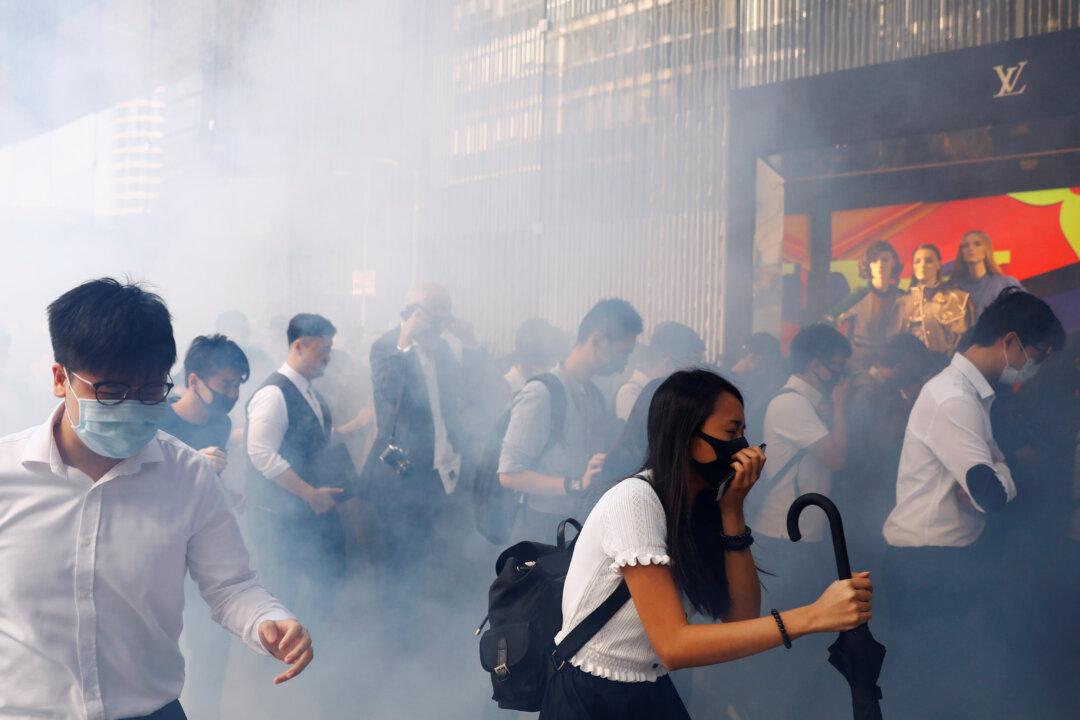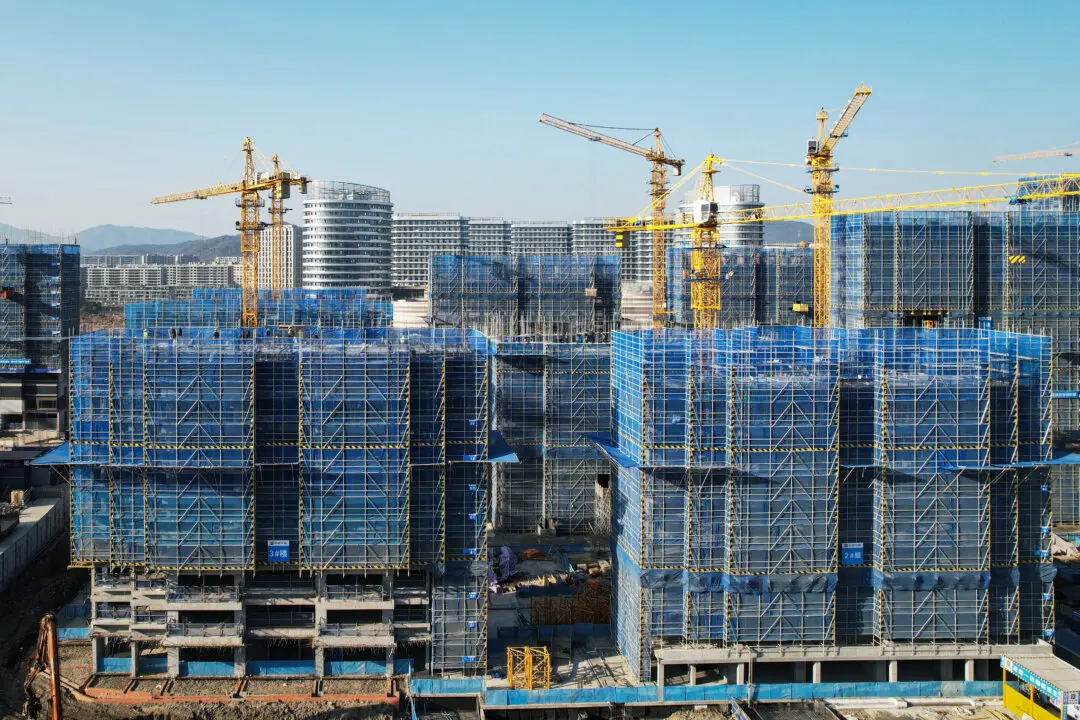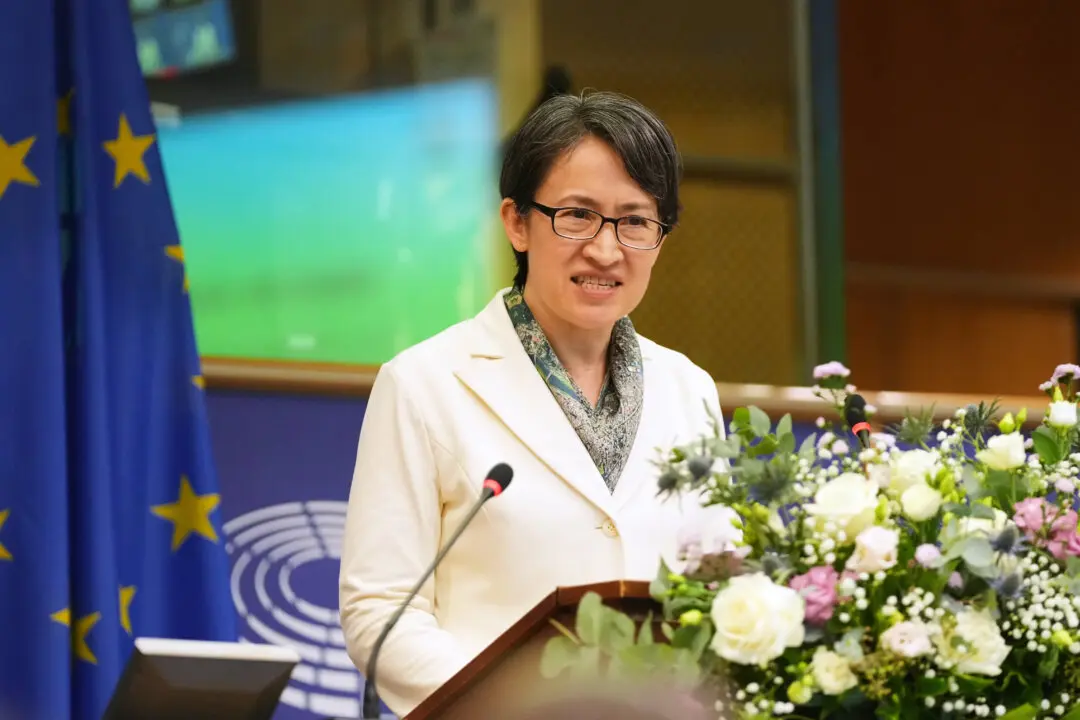Many Hong Kong residents complain that they have contracted skin diseases and their children suffer a variety of discomfort from the toxic fumes of tear gas. In addition, dead birds have been found in many places, including at the two universities that were heavily assaulted by Hong Kong police in the past two weeks.
Hong Kong’s Anti-Extradition Bill Coalition has collected all data related to the police firing of tear gas, based on police press conferences in the past six months, and has concluded that as of Nov. 15, police fired at least 9,362 rounds of tear gas in the city.





